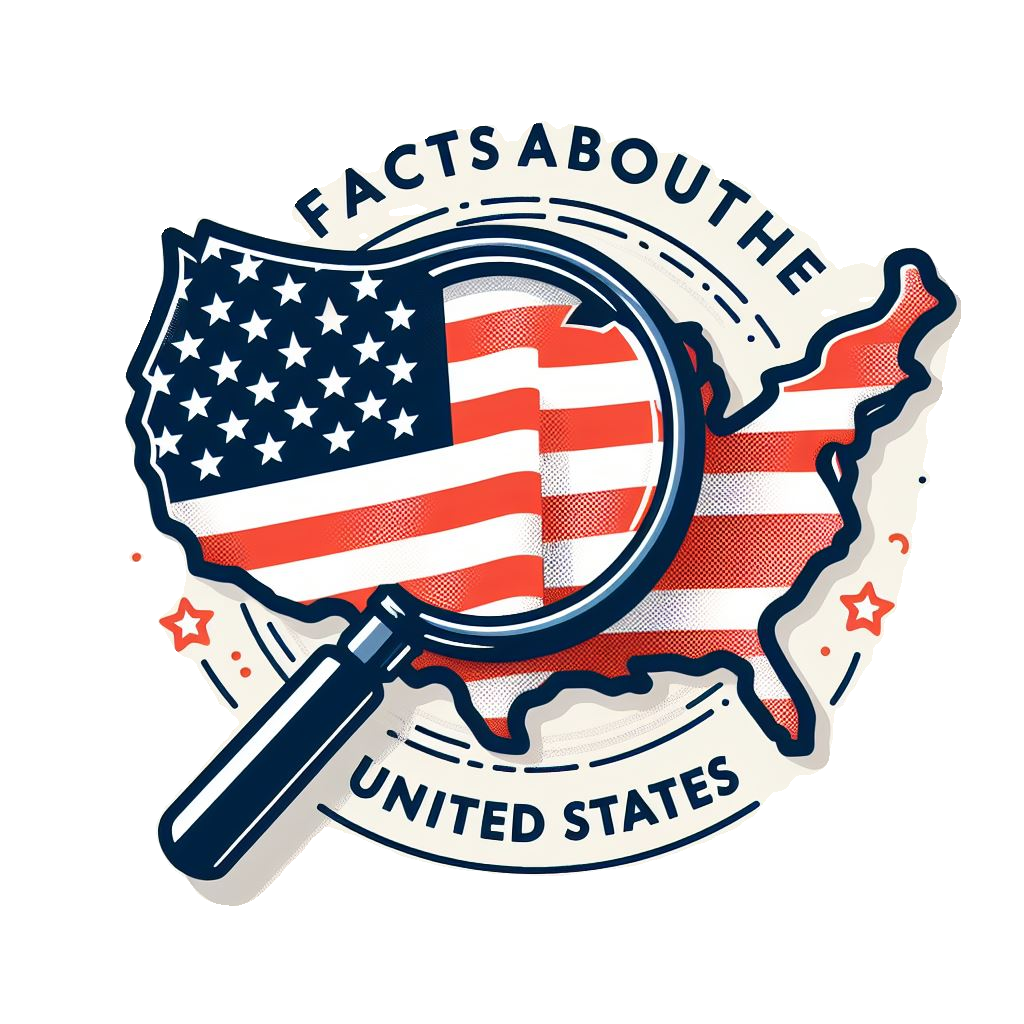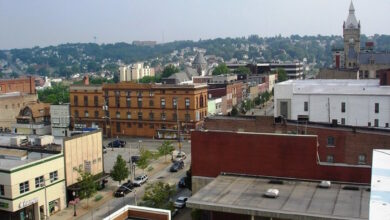New York City: The City That Never Sleeps
New York City, often called NYC or simply New York, is the most populous and diverse city in the United States, and one of the most influential and iconic cities in the world. Located at the southern tip of New York State, on one of the world’s largest natural harbors, New York City is composed of five boroughs: Manhattan, Brooklyn, Queens, Staten Island, and the Bronx. Each borough has its own distinct culture, history, and attractions, and together they form a vibrant and dynamic metropolis that attracts millions of visitors every year.
New York City is a global center of culture, commerce, media, entertainment, art, fashion, and education. It is home to many world-renowned landmarks, such as the Statue of Liberty, the Empire State Building, the Brooklyn Bridge, Times Square, Central Park, the Metropolitan Museum of Art, and Broadway. It is also the headquarters of the United Nations, the New York Stock Exchange, and many Fortune 500 companies. New York City is a melting pot of people, languages, cuisines, and traditions, reflecting its rich and diverse history and heritage.
In this article, we will explore some of the most interesting and fun facts about New York City, and learn why it is called the city that never sleeps.
The Origins of New York City
New York City was originally called New Amsterdam, when it was settled by the Dutch in 1624 as a trading post. The Dutch named the island of Manhattan after the native Lenape people, who called it Mannahatta, meaning “island of many hills”. The Dutch also built a wall along the southern edge of the island to protect themselves from the British and the Native Americans. This wall gave rise to the name of Wall Street, which is now the financial heart of the city.
In 1664, the British took over the island and renamed it New York, after the Duke of York, who later became King James II. The British also gained control of the other four boroughs, which were originally separate towns and villages. In 1776, New York City became the first capital of the United States, and the site of the signing of the Declaration of Independence. However, the city was soon occupied by the British during the American Revolutionary War, and did not become the capital again until 1785. In 1789, George Washington was inaugurated as the first president of the United States at Federal Hall on Wall Street.
In the 19th and 20th centuries, New York City experienced rapid growth and development, thanks to immigration, industrialization, urbanization, and innovation. The city became a gateway for millions of immigrants from around the world, who contributed to its cultural and economic diversity. The city also witnessed the rise of skyscrapers, subways, bridges, parks, museums, theaters, and other landmarks that shaped its modern skyline and identity. The city also faced many challenges and crises, such as the Great Fire of 1835, the Draft Riots of 1863, the Great Depression, the World Wars, the 9/11 attacks, and the COVID-19 pandemic. Through it all, the city showed its resilience, creativity, and spirit, and earned its reputation as the city that never sleeps.
The Culture and Lifestyle of New York City
New York City is a cultural and artistic hub, with a vibrant and diverse scene of music, theater, film, literature, art, and cuisine. The city is home to some of the most prestigious and influential institutions and venues in the world, such as the Lincoln Center, Carnegie Hall, the Metropolitan Opera, the Museum of Modern Art, the Guggenheim Museum, the New York Public Library, and the Apollo Theater. The city is also the birthplace or the inspiration of many genres and movements, such as jazz, hip hop, punk rock, Broadway musicals, abstract expressionism, and the Harlem Renaissance.
New York City is also a food lover’s paradise, with a wide range of cuisines and dishes to suit every taste and budget. The city is famous for its pizza, bagels, hot dogs, cheesecake, and street food, as well as its ethnic and fusion restaurants, from Chinese to Italian to Mexican to Indian. The city also has some of the best fine dining and Michelin-starred restaurants in the world, such as Le Bernardin, Eleven Madison Park, and Per Se.
New York City is also a fashion and shopping mecca, with some of the most iconic and trendy stores and brands in the world, such as Macy’s, Bloomingdale’s, Saks Fifth Avenue, Tiffany & Co., and Bergdorf Goodman. The city also hosts the New York Fashion Week, one of the most important events in the global fashion industry, where designers showcase their latest collections and trends.
New York City is also a sports and entertainment capital, with some of the most famous and successful teams and venues in the world, such as the New York Yankees, the New York Knicks, the Madison Square Garden, and the Yankee Stadium. The city also hosts some of the most popular and prestigious events and shows in the world, such as the New York Marathon, the US Open, the Macy’s Thanksgiving Day Parade, the Rockefeller Center Christmas Tree, and the Times Square New Year’s Eve Ball Drop.
New York City is also a place of innovation and education, with some of the most renowned and influential universities and research centers in the world, such as Columbia University, New York University, Cornell University, and the Rockefeller University. The city also has some of the most cutting-edge and diverse industries and sectors, such as finance, media, technology, health care, and tourism.
The Fun and Interesting Facts About New York City
New York City is full of fun and interesting facts that reveal its history, culture, and personality. Here are some of the most surprising and fascinating facts about the city that never sleeps:
- New York City is the most populous city in the United States, with an estimated population of over 8.4 million people, as of 2020. The city is also the most densely populated major city in the country, with about 27,000 people per square mile. If New York City were a country, it would be the 12th most populous in the world, and the 96th largest by area.
- New York City is the most linguistically diverse city in the world, with over 800 languages spoken by its residents. The most common languages, besides English, are Spanish, Chinese, Arabic, Bengali, Russian, and French. Some of the rarest and endangered languages, such as Garifuna, Vlax Romani, and Shughni, are also spoken in the city. The city also has its own dialect, known as New Yorkese, which features distinctive accents, slang, and expressions.
- New York City is the most visited city in the United States, and the sixth most visited city in the world, with over 65 million tourists in 2019. The city is also the most filmed location in the world, with over 15,000 movies and TV shows shot in the city, such as King Kong, Breakfast at Tiffany’s, Taxi Driver, Ghostbusters, Friends, and Sex and the City. Some of the most popular tourist attractions in the city are the Statue of Liberty, the Empire State Building, the Brooklyn Bridge, Times Square, Central Park, and the Metropolitan Museum of Art.
- New York City is home to the largest and oldest subway system in the world, with 472 stations and 665 miles of tracks. The subway system carries over 5.4 million passengers every day, and operates 24 hours a day, 7 days a week, 365 days a year. The subway system also features some of the most unique and artistic stations in the world, such as the City Hall Station, the Grand Central Terminal, and the 14th Street-Union Square Station. The subway system also has its own museum, the New York Transit Museum, which showcases the history and evolution of the city’s public transportation.
- New York City is home to the first pizzeria in America, Lombardi’s Pizza, which opened in 1905 by Genaro Lombardi, a native of Naples, Italy. The pizzeria introduced Americans to their most passionate love affair, pizza, which is now one of the most popular and iconic foods in the country. The city has over 1,600 pizzerias, and some of the best pizza in the world, such as Di Fara, Grimaldi’s, and Roberta’s. The city also has a phenomenon known as the Pizza Principle, which states that the price of a slice of pizza has matched the price of a subway ride since the 1960s.
- New York City is home to the first underground park in the world, the Lowline, which opened in 2016. The Lowline is a former trolley terminal that was converted into a public park, using innovative technology that collects and distributes natural sunlight underground. The park features a variety of plants, flowers, and trees, as well as art installations and cultural events. The park aims to provide a green and creative space for the residents and visitors of the city, especially in the winter months.
- New York City is home to the largest and most diverse collection of wildlife in the country, with over 600 species of animals and over 1,700 species of plants. The city is a major stopover for migratory birds, with over 250 species passing through the city every year. The city also has a variety of mammals, reptiles, amphibians, fish, and insects, some of which are rare and endangered, such as the peregrine falcon, the eastern coyote, the diamondback terrapin, and the nine-spotted ladybug.
The Challenges and Opportunities of New York City
New York City is not without its challenges and problems, as any large and complex city would have. The city faces issues such as crime, poverty, homelessness, pollution, congestion, inequality, and resilience. The city also has to cope with the impacts of climate change, such as rising sea levels, extreme weather, and heat waves. The city also has to deal with the consequences of the COVID-19 pandemic, which hit the city hard in 2020 and 2021, causing thousands of deaths, hospitalizations, and economic losses.
However, New York City is also a city of opportunities and solutions, as it has always been. The city has a strong and diverse economy, with a high level of innovation and entrepreneurship. The city has a robust and resilient infrastructure, with a comprehensive and efficient public transportation system, a reliable and clean water supply, and a smart and green energy grid. The city has a vibrant and inclusive society, with a high level of civic engagement and social justice. The city has a visionary and collaborative leadership, with a progressive and ambitious agenda for the future.
New York City is a city that never sleeps, but also a city that never stops dreaming, learning, and improving. The city is always looking for new ways to enhance its quality of life, its competitiveness, and its sustainability. The city is always ready to face its challenges, and to seize its opportunities. The city is always open to new ideas, new people, and new possibilities. The city is always New York City.

